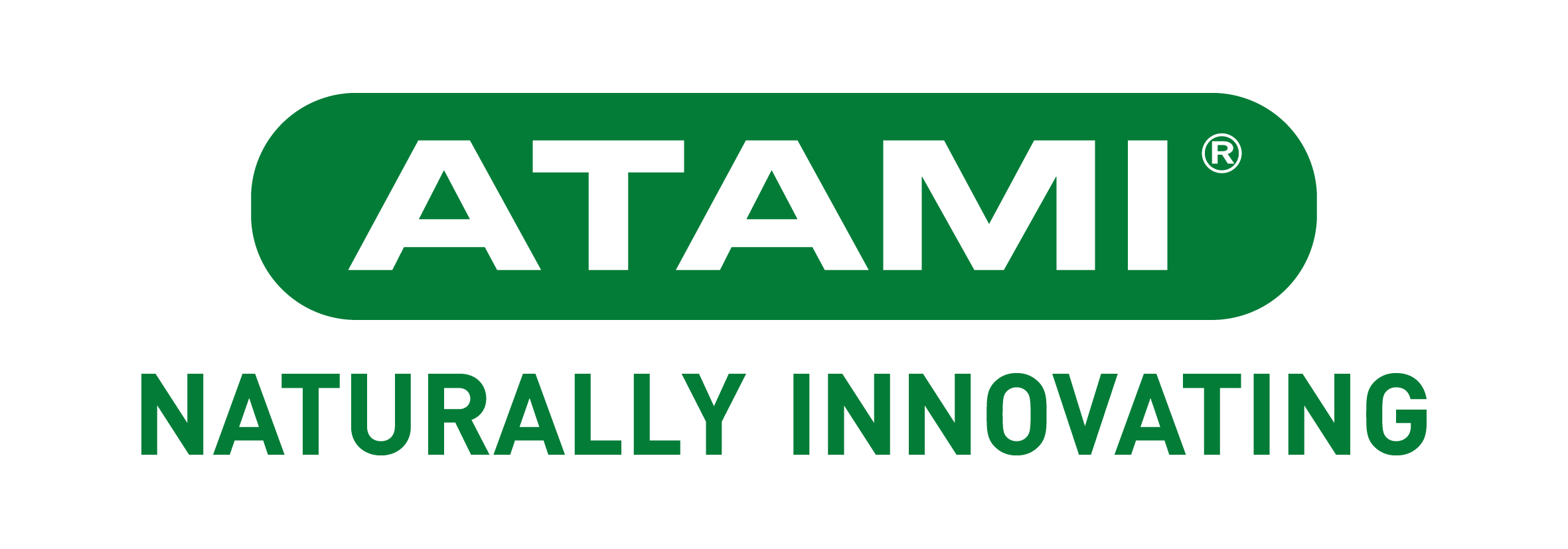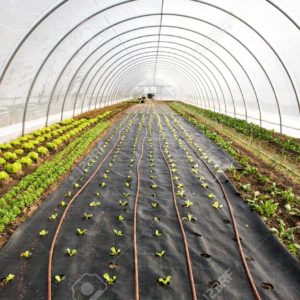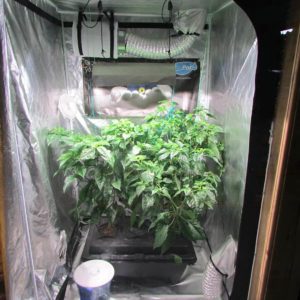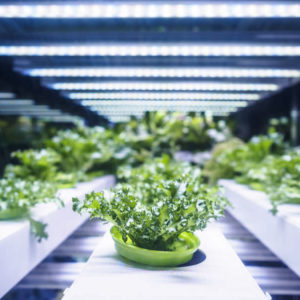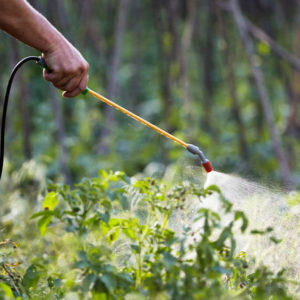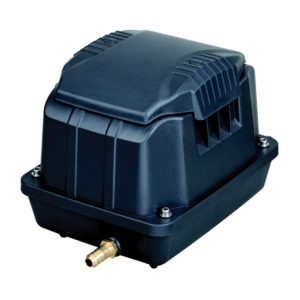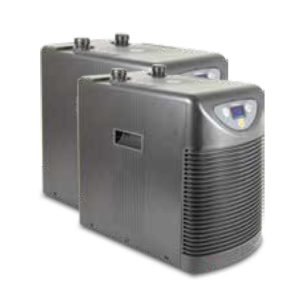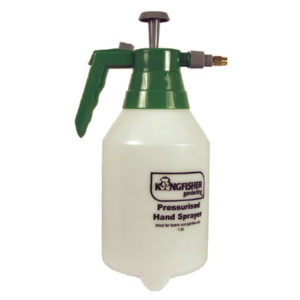Description
CAN Inline Carbon Filters are made from Can’s lightweight, high grade carbon and are designed to fit directly into inline in runs of ducting, rather than at the point of extraction. They use the lightweight version of CAN Filter carbon that will last for around 18 months (CAN have a lightweight type and a pelletized type – the pelletized type lasts longer but is significantly heavier). Some growers use them as a belt and braces secondary filter, but as long as you match them with the correct fan and airflow, they are fine to use as a primary filter. As the carbon used is Can’s lightweight type, they will not affect the airflow too much. To the delight of many growers, Can-Filters includes the new In-Line filters in its range of active carbon filters, a filter with air intake and outtake in the same metal body. In this way, these new filters allow us to put the carbon fi lter at any point of the ventilation circuit. Normally, carbon filters only have one air intake, so they must be placed at the beginning or the end (losing flow capacity) of the air circuit. Well, with this In-Line filter we can place the filter wherever we want. Moreover, these new filters are perfect for setups which demand double air fi ltration (we can use a conventional carbon filter at the beginning of the circuit and an In-Line filter at any other point so the air is filtered twice before coming out from the growing space, what eliminates odours even from the smelliest plants). This represents an interesting alternative to the traditional carbon filter + ozonizer setup. As you may know, Can-Filters exclusively uses carbon activated by heat and not by chemical processes, what means higher filtration quality and longer durability. For the In-Line filters Can-Filters uses Lite Carbon, much lighter than pelletized carbon and with 18-month lifespan. Remember that Can-Filters products are designed to operate with Can-Fan extractors to achieve maximum efficiency. Also keep in mind that active carbon loses most of its efficiency with humidity levels higher than 70-75%.



